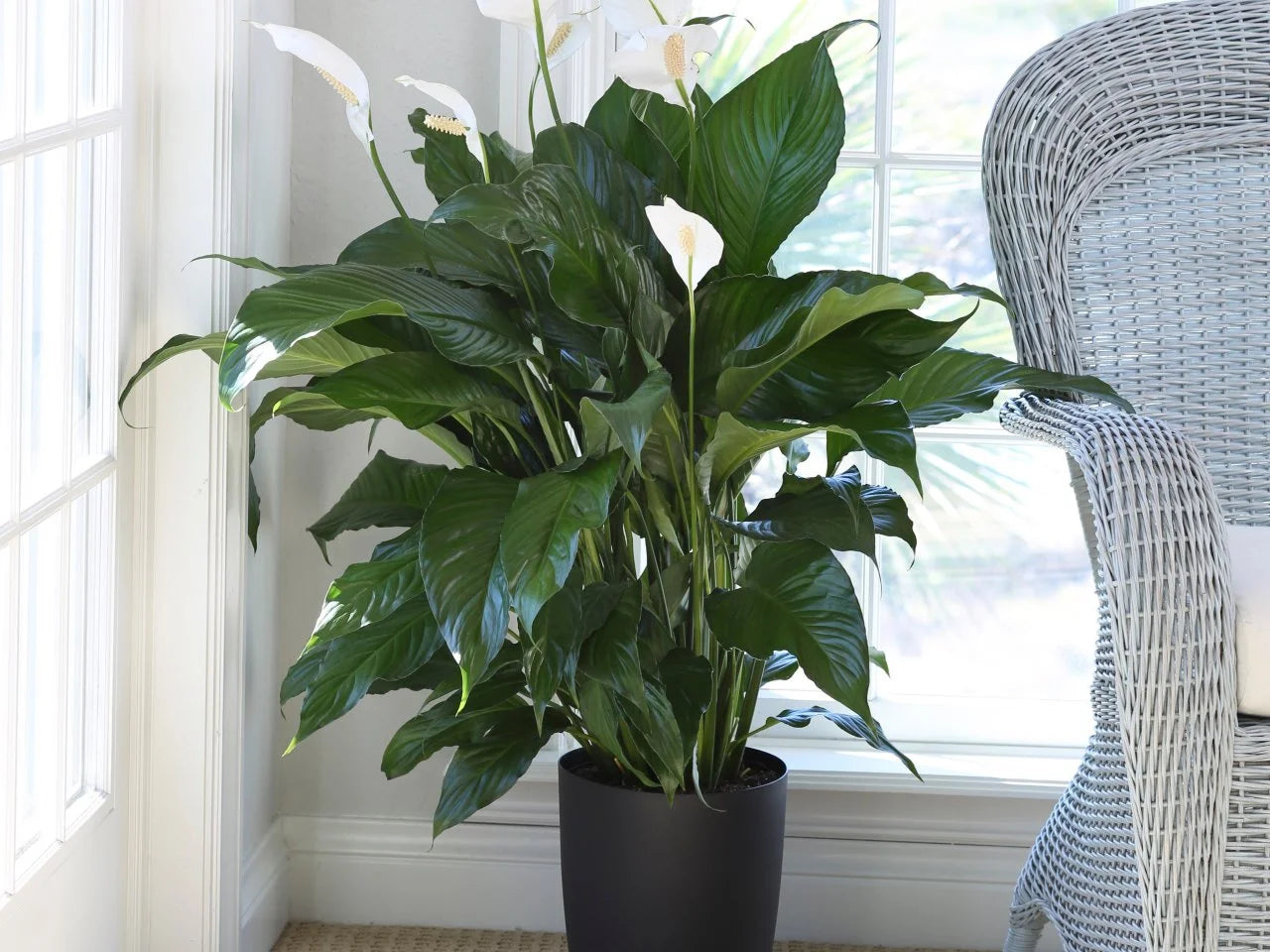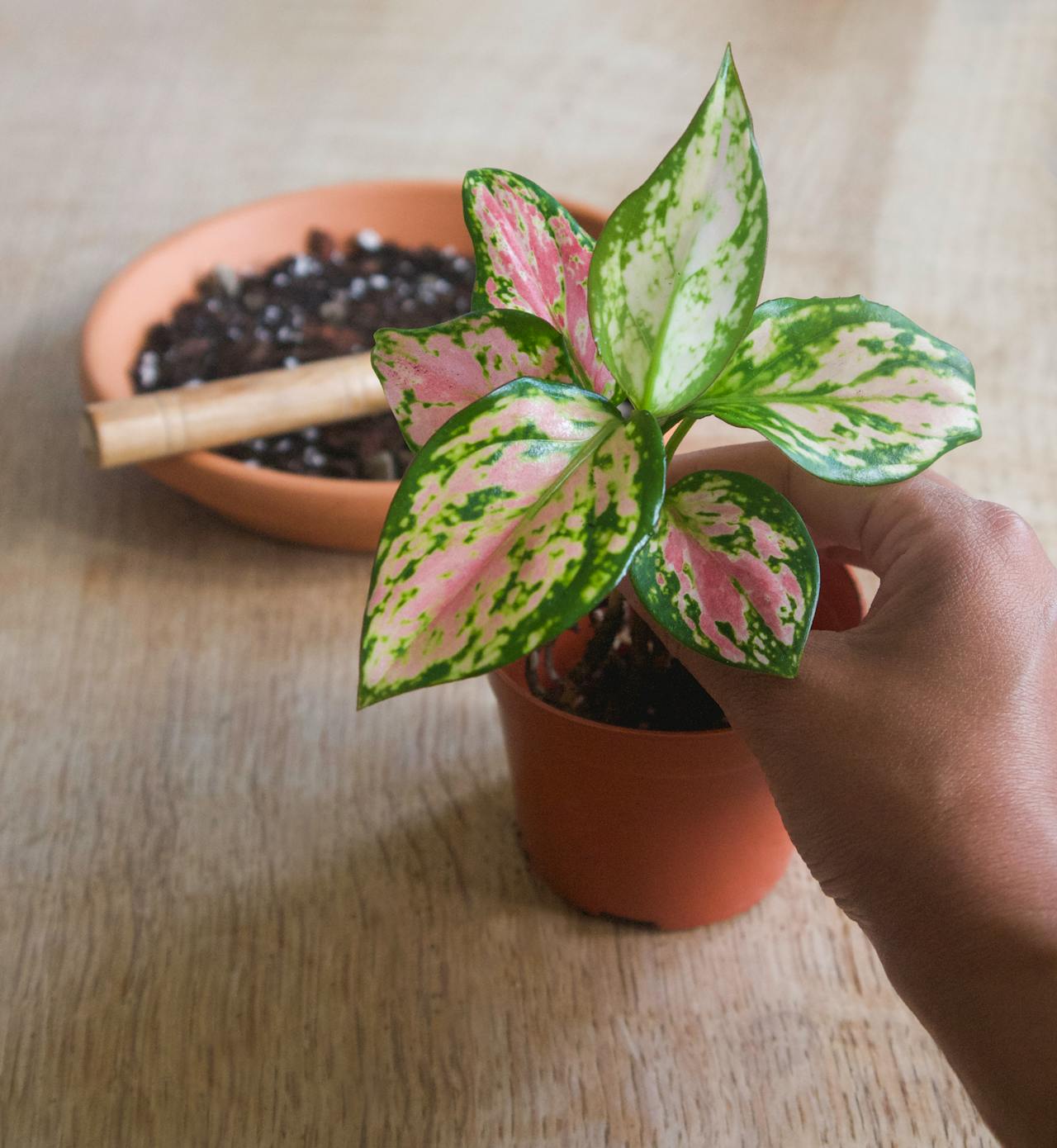Maintaining a healthy indoor environment is essential, especially as we spend more time indoors. One of the most effective and aesthetically pleasing ways to enhance indoor air quality is by incorporating peace lilies (Spathiphyllum spp.) into your home. Known for their elegant white blooms and lush green leaves, peace lilies not only add beauty to any space but also offer significant air-purifying benefits. This article explores how peace lilies clean your home’s air, the science behind their effectiveness, and tips to maximize their air quality benefits.
The Air-Purifying Power of Peace Lily

Peace lilies are renowned for their exceptional ability to improve indoor air quality. According to NASA’s Clean Air Study, peace lilies are among the top houseplants that effectively remove common indoor pollutants such as:
- Formaldehyde: Often found in building materials, furniture, and household cleaners, formaldehyde can cause respiratory issues and irritation.
- Benzene: Present in paints, adhesives, and synthetic fibers, benzene is a carcinogen linked to various health problems.
- Trichloroethylene: Used in industrial processes and cleaning agents, trichloroethylene is another harmful toxin that peace lilies help eliminate.
- Xylene: Common in printing, rubber, and leather industries, xylene can lead to headaches and dizziness when inhaled in large amounts.
By absorbing these toxins through their leaves and roots, peace lilies significantly enhance the air quality in your home, creating a healthier and more comfortable living environment.
Also Read- Top 5 Office Plants For Stress Relief: Why Peace Lilies Should Be On Your Desk
How Peace Lilies Clean the Air
Peace lilies utilize a natural process called phytoremediation to clean indoor air. Here's how it works:
-
Photosynthesis: Like all plants, peace lilies convert carbon dioxide into oxygen through photosynthesis. This process not only refreshes the air but also increases oxygen levels, making the environment more conducive to human health.
-
Absorption of Pollutants: Peace lilies absorb airborne toxins through their leaves. The stomata, tiny openings on the leaf surface, allow pollutants to enter and be processed by the plant.
-
Root Filtration: The roots of peace lilies play a crucial role in filtering out harmful chemicals from the soil and water. Microorganisms in the root zone further break down and neutralize these pollutants, preventing them from re-entering the air.
Also Read- Can Peace Lilies Thrive Under Office Fluorescent Lights? Here's What You Need to Know
Maximizing Air Quality Benefits with Peace Lilies

To ensure your peace lilies perform optimally in purifying the air, follow these care tips:
1. Proper Lighting
Peace lilies thrive in bright, indirect light but can also tolerate low-light conditions. Place them near windows where they can receive ample, filtered sunlight. Avoid direct sunlight, which can scorch their leaves and reduce their air-purifying efficiency.
2. Adequate Watering
Maintain consistently moist soil, but avoid overwatering to prevent root rot. Water your peace lily when the top inch of soil feels dry. Ensure the pot has proper drainage to allow excess water to escape, promoting healthy root growth and effective pollutant absorption.
3. Humidity Levels
Peace lilies prefer higher humidity levels. To boost humidity, especially in dry climates or during winter, consider using a humidifier, placing a water tray near the plant, or misting the leaves regularly. Higher humidity enhances the plant’s ability to absorb and process air pollutants.
4. Regular Cleaning
Dust the leaves of your peace lily regularly to ensure maximum photosynthetic activity and pollutant absorption. Use a damp cloth or a gentle shower to clean the leaves, removing any dust or debris that may block sunlight and airflow.
5. Fertilization
Feed your peace lily with a balanced, water-soluble fertilizer every 6 weeks during the growing season (spring and summer). Proper nutrition supports robust growth, which in turn enhances the plant’s air-purifying capabilities.
Also Read- Creative Ways To Decorate With Peace Lilies: From Centerpieces To Living Walls
Additional Benefits of Peace Lilies

Beyond air purification, peace lilies offer several other advantages:
- Aesthetic Appeal: Their striking white flowers and glossy green leaves add a touch of elegance to any room, complementing various interior design styles.
- Stress Reduction: The presence of greenery and natural beauty provided by peace lilies can reduce stress levels and promote relaxation.
- Low Maintenance: Peace lilies are relatively easy to care for, making them ideal for both novice and experienced plant owners.
Conclusion
Incorporating peace lily into your home is a smart and stylish way to improve indoor air quality. Their ability to remove harmful toxins, coupled with their low maintenance requirements and aesthetic appeal, makes them an invaluable addition to any living space. By following the care tips outlined in this article, you can ensure your peace lilies thrive and continue to purify the air, creating a healthier and more inviting home environment. Embrace the natural air-purifying power of peace lilies and breathe easier in your beautifully green sanctuary.













Leave a comment
This site is protected by hCaptcha and the hCaptcha Privacy Policy and Terms of Service apply.